Running
Can you run with an LCL Injury?
Find out if you can keep running after a sprain or tear to your knee's lateral collateral ligament. This article tells why it's important, how to self-diagnose the injury, and...
Can you run with an LCL Injury?
Find out if you can keep running after a sprain or tear to your knee's lateral collateral ligament. This article tells why it's important, how to self-diagnose the injury, and...
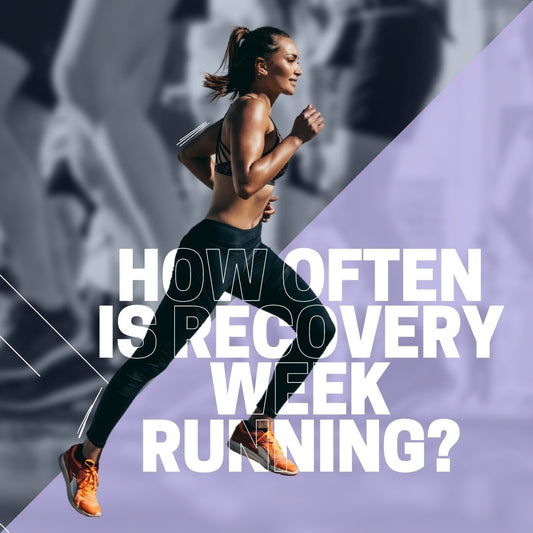
How Often is Recovery Week Running?
Taking a rest week every three to five weeks in your training cycle can help you run more efficiently and bounce back from hard efforts faster. Learn why this schedule...
How Often is Recovery Week Running?
Taking a rest week every three to five weeks in your training cycle can help you run more efficiently and bounce back from hard efforts faster. Learn why this schedule...
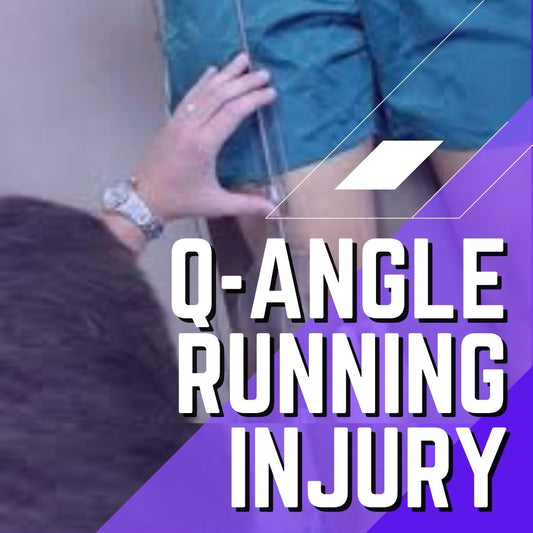
Q-angle Running Injury
The Q-angle running injury occurs when the q-angle between the tibia and femur changes due to rotation of one or both lower limbs which causes an abnormal loading on body joints,...
Q-angle Running Injury
The Q-angle running injury occurs when the q-angle between the tibia and femur changes due to rotation of one or both lower limbs which causes an abnormal loading on body joints,...
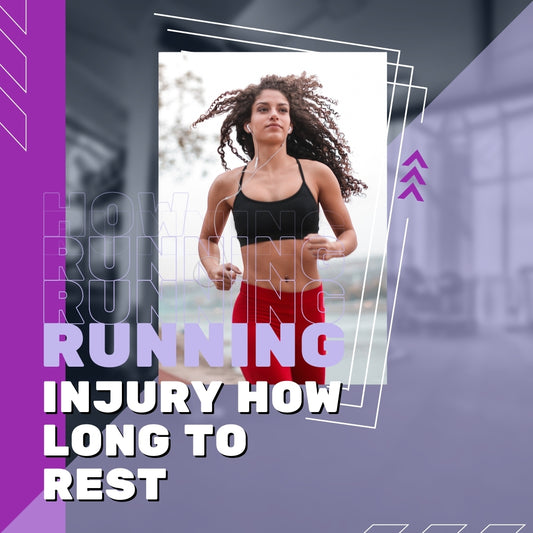
Running Injury How Long to Rest
If you are one of the many runners who have suffered from an overuse injury, then this article is for you. We’ll cover how to treat your injuries and what...
Running Injury How Long to Rest
If you are one of the many runners who have suffered from an overuse injury, then this article is for you. We’ll cover how to treat your injuries and what...
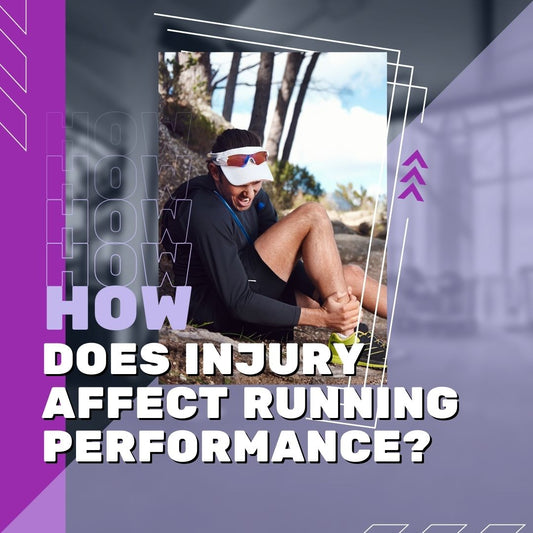
How Does Injury Affect Running Performance?
Running can be difficult, but it's worth the effort. The best way to avoid injury is by going easy on yourself in order not to give out before your bo...
How Does Injury Affect Running Performance?
Running can be difficult, but it's worth the effort. The best way to avoid injury is by going easy on yourself in order not to give out before your bo...
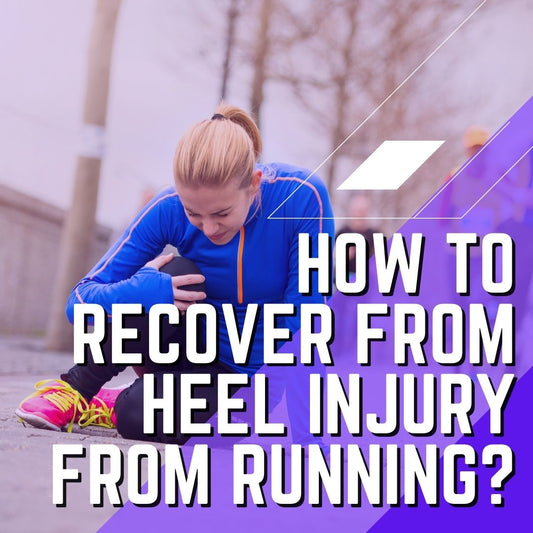
How to Recover from Heel Injury from Running?
It is characterized by an area of sharpshooting agony around the arch and behind one’s big toes, suffered from morning wake-ups that may affect 10% or more runners on any...
How to Recover from Heel Injury from Running?
It is characterized by an area of sharpshooting agony around the arch and behind one’s big toes, suffered from morning wake-ups that may affect 10% or more runners on any...

